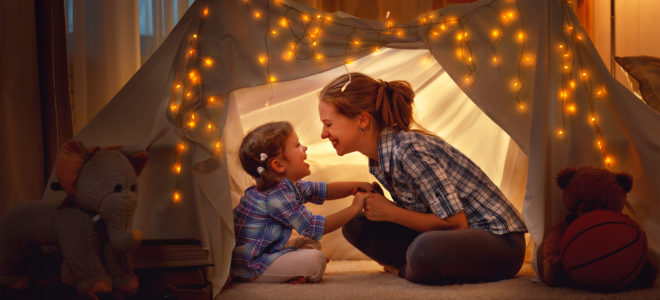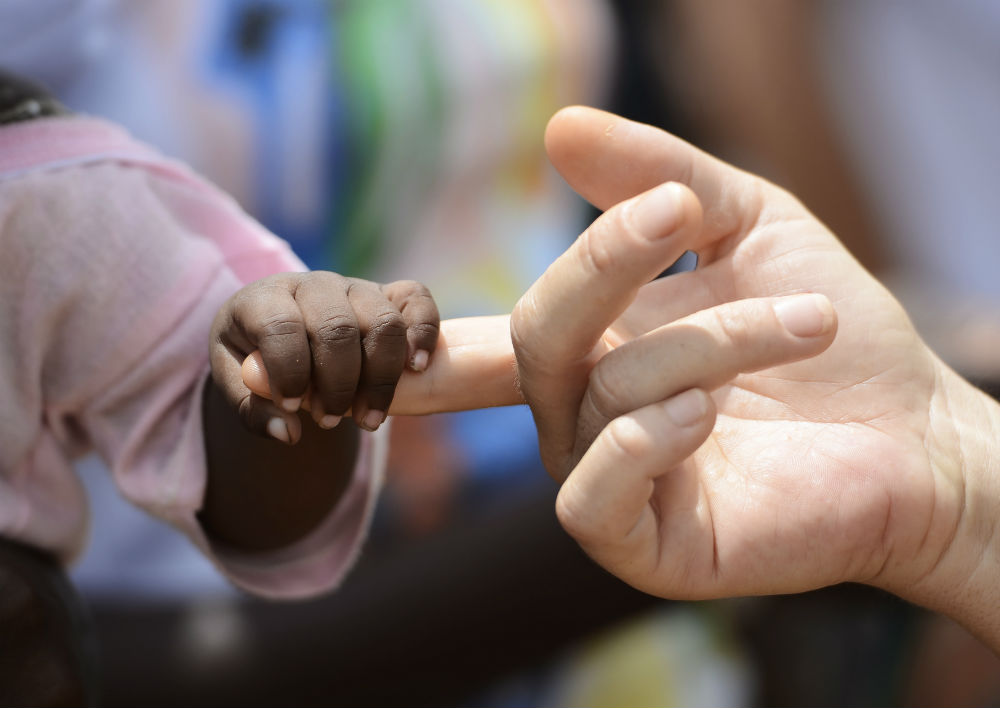Since 2012, over 250,000 children have entered the U.S. foster care system each year. That doesn’t include the number of children that were already in foster placements for various reasons. That number is staggering–in 2016 alone, a total of 437,465 children were “in the system.” The number of children in need would fill the Michigan Stadium four times.
There are all kinds of reasons that bring children into care; the most common reason being neglect, with 61% of the children having that as their reason for removal and placement. Neglect covers a multitude of issues that don’t quite fit into other categories. The runner-up? Drugs. 26% of children are removed from their caregivers who are using drugs. In either case and for children to come into foster care, there must be the reason to believe they are at imminent risk. So that means the concern isn’t simply a missed meal or overdue bedtime.
The children coming into care need a supportive, loving, consistent, and safe place to be while their caregivers or parents get their own lives together. For many years this need was likely filled by extended family, nearby friends, or the children themselves. Early in the nation’s history indentured servitude of children was also commonplace. Foster care’s roots began long before there was any involvement of the government or other agency to supervise. It was often handled within the church. However, in the 1900’s, social services began to take hold and form what is now known far and wide as the US Foster Care system.
So what is the point of foster care you wonder? Without foster care, those 437,465 children in 2016 alone could be wandering aimlessly, in need of medical care, in need of food, in need of school supplies, a warm bed, or a safe hug. So who takes responsibility for our nation’s most vulnerable population? Especially when the amount of need is so daunting? Who could we count on to spend countless days and nights awake rocking babies or potty training, or enrolling children in school, making sure they have their annual physicals, and they make their dental appointments? The need for help became so great that group homes were overrun. Children were becoming “just a number” rather than family and missing out on the social piece of their development that was so vital to their success as adults and parents later in life.
This is where social service agencies and foster parents step up. They take on the task of fixing and counseling and mentoring and they do it “until” –which is never defined. And they do it anyway. Even if the children stay years longer, even after they return back to their parents most of the time. Even when it seems the county is ungrateful, the birth parents are inconsistent, and the children are endlessly in need of more resources.
That is why we have foster parents. So that of those 437,465 children, nearly 60,000 a year can be adopted and another 125,975 can hopefully reunify successfully with their families. So that children can grow up in families and not in group homes. So that they will have adults who can help them build strong connections and find resources. So that those children can hopefully make good choices and raise their kids successfully without foster care intervention.
We have foster care so that someday in a perfect world, with enough education, and resources, and love, we won’t need foster care.




